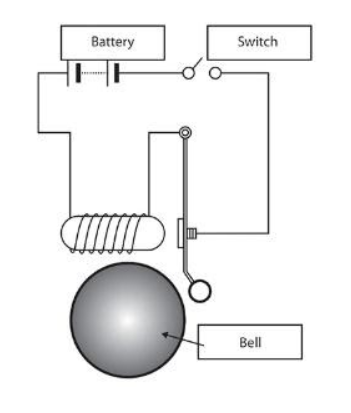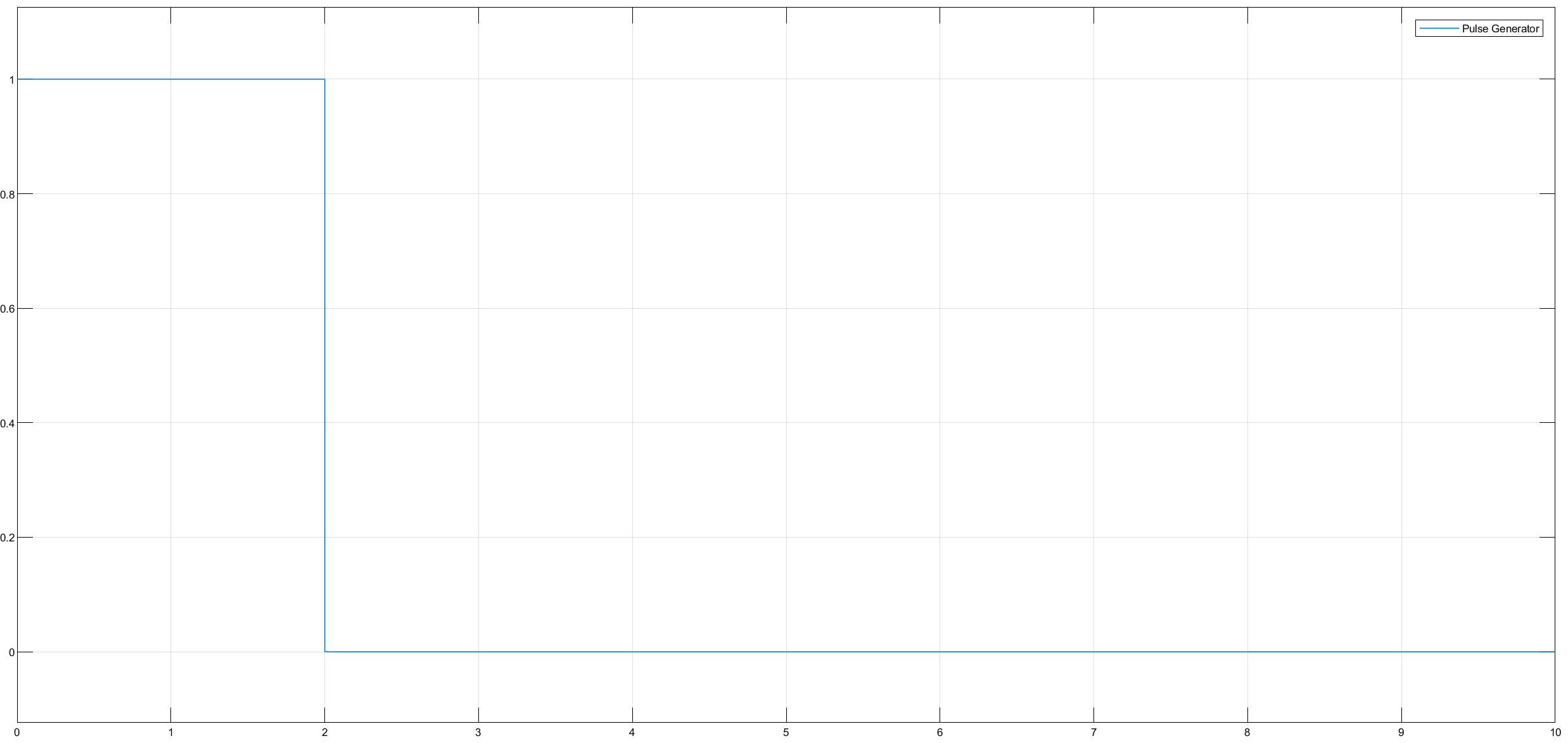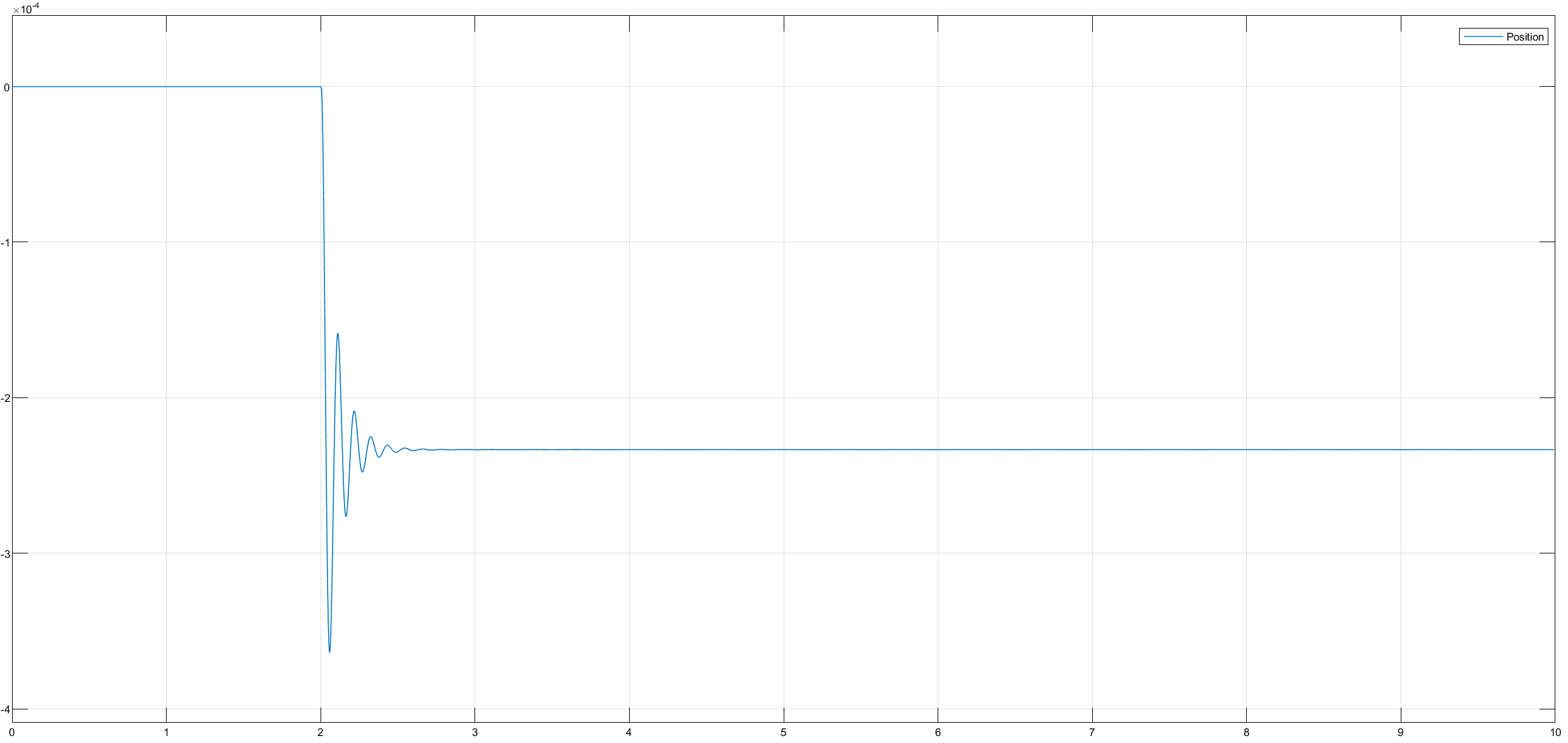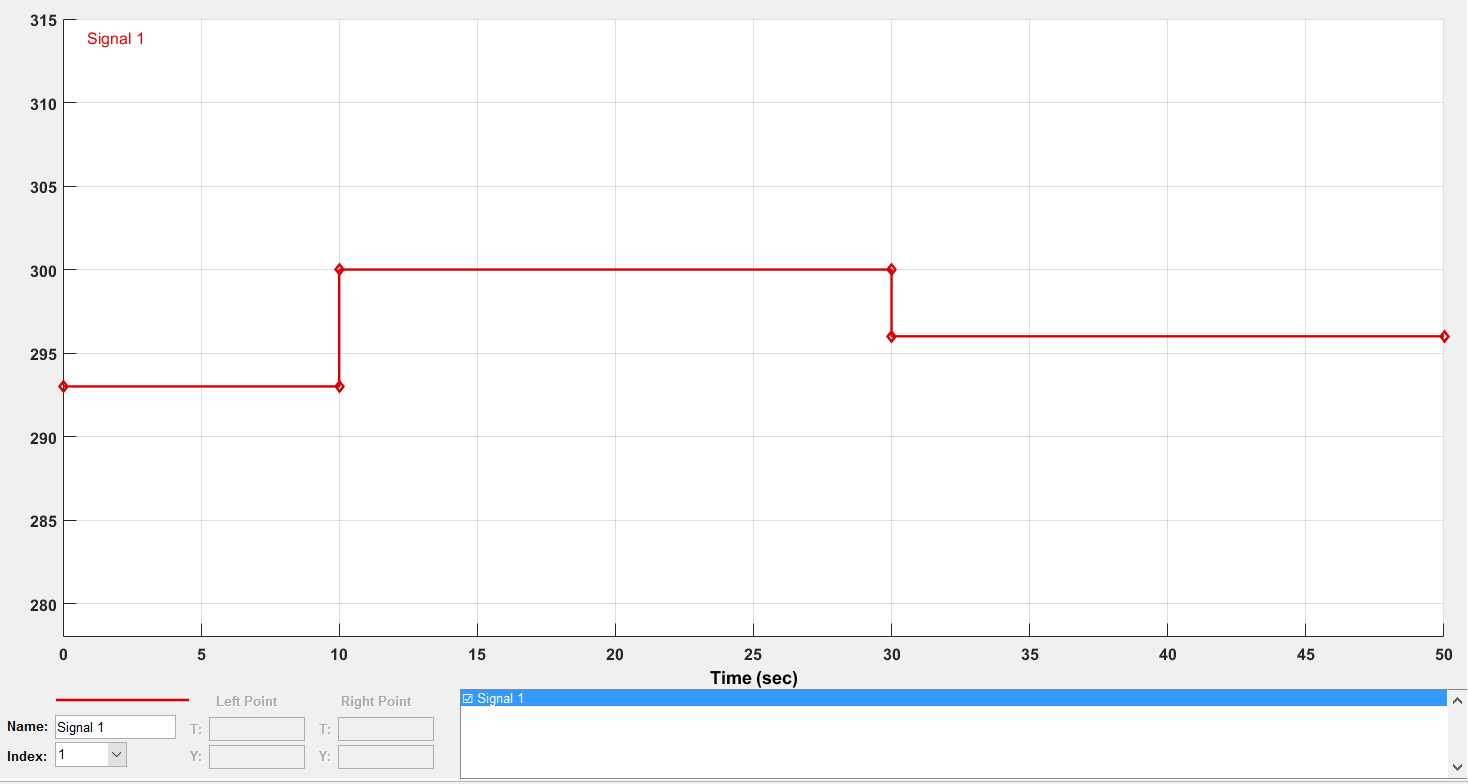
Aim
Make a simulink model of doorbell and thermistor fan system
Objective
Temperature source: 200C from 0 to 10 seconds, 270C from 10 to 30 seconds, 230C from 30 to 50 seconds
Fan condition: ON if the temperature is above 250C, OFF otherwise
A simplified representation of doorbell is given below

Our primary objective is to give a signal to the solenoid block for two seconds. So the required input is given using Pulse generator block. We can customize the signal using this. An ideal translational motion sensor is used to observe the equivalent plunger movement. Arrangement of doorbell model is given below.

Results
As we customised, the output from pulse generator is given below.

Signal makes the switch closed in the circuit for two seconds.
A scope block as arranged to the ideal translational motion sensor to observe the position of plunger.

From the plot, we can observe that the plunger got excited due to the electromagnet. After two second it returned to its initial position after some vibrations. We can control that also by providing more damping values.
Representaion of an automatic dc fan controller is given below.

We want to simulate this type of a thermistor fan controller in simulink. For the automatic controlling, we are provided with some temperature conditions. That is, 200C from 0 to 10 seconds, 270C from 10 to 30 seconds, 230C from 30 to 50 seconds and fan should ON if the temperature is above 250C, OFF otherwise. Simulink model for this is given below.

Primarily, we want to create a signal which obeys the temperature conditions. Pulse generator will not be enough in this situation. So we use a signal builder and provide the conditions. Temperature is given in Kelvin and a desired signal is created. The output is given below.

Results
This signal is given to a controlled temperature source. It will create temperatures according to our condition. That output is given to a termistor. A resistor is connected serially to thermistor and a voltage sensor is connected to that resistance parallel. By this we will obtain the variation of voltage according to the change of temperature. Output can be observed from a scope block which is connected to voltage sensor. The result is given below.

This input is given to a switch which will control our dc fan. We have a condition that, fan should on when temperature is above 250C and off otherwise. So this condition is given to this switch by providing 0 and 1 as constant. Condition is again specified in switch configuration by adjusting the threshold value.
Output of the switch is given to a controlled voltage source which will provide enough voltage to the fan according to our input conditions. An ideal rotational motion sensor is connected to the dc motor to observe the motion of the fan. Motion is plotted and displayed in the scope block. It is given below.

As we can see, from 10 to 30 seconds the fan got on and in other situation it remained off.
Conclusion
Simulation for a doorbell was made and the plunger motion were plotted. Automatic thermistor control for dc fan created.